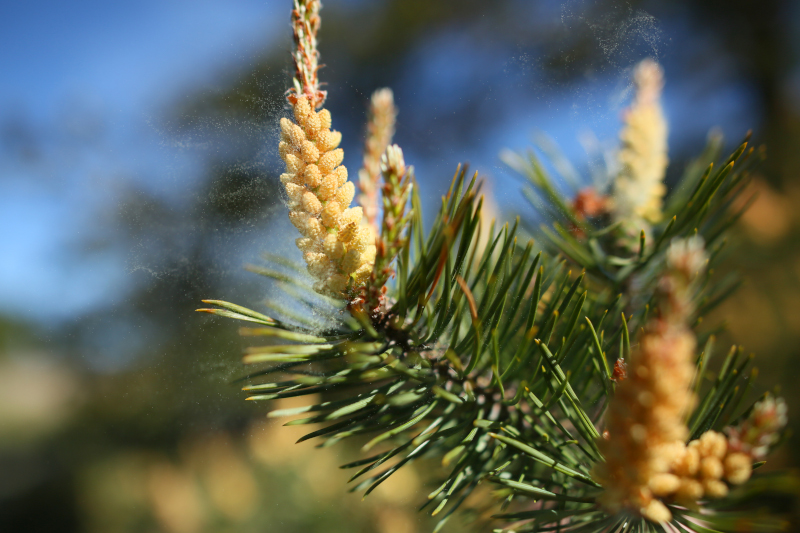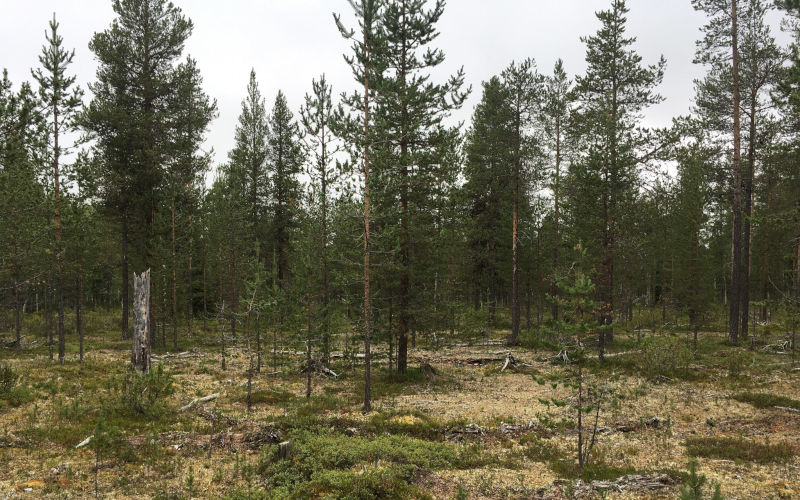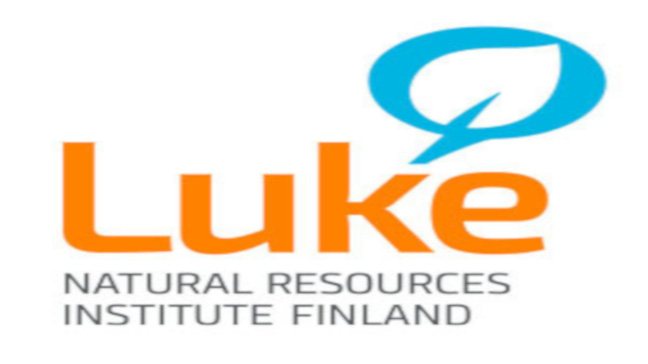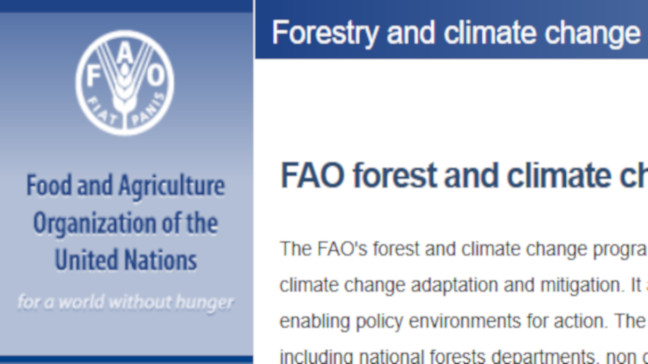Climate change mitigation in forestry
Metsähallitus Forestry Ltd. manages over 3.5 million hectares of forests, which have a significant atmospheric carbon sequestration impact as both a carbon sink and storage. Maintaining and improving the forest’s capacity to sequestrate and store carbon is part of responsible management.

Metsähallitus Forestry Ltd.’s forest stock has been constantly increasing over the last hundred years. This growth is to a great extent due to the use of best practices, including high-quality seed and seedlings, tending young stands at the right time, thinning and fertilization. From the 1940s onwards, widespread drainage greatly promoted forest growth in mires, however at the cost of increasing the carbon flux into the atmosphere.
Since the mid-1990s, Metsähallitus Forestry Ltd. has discontinued the practice of draining mires. Paradoxically, part of the forest growth is due to climate change, which has extended the growing season and enhanced photosynthesis, thus promoting the growth of biomass. Metsähallitus’ managed forests grow about 13 million cubic meters per year, whereas only about 6 million cubic meters are harvested annually. This leads to cumulative carbon sequestration potential.
Climate change poses considerable threats which cannot be tackled without imposing standards on all sectors. Climate change mitigation and adaptation in forestry are both an important part of Metsähallitus’ Climate programme, which guides our actions in forestry practices. Mitigation is based on scientific analysis. Technical solutions include increasing timber lorries’ capacity to reduce the use of fossil fuels. As for Metsähallitus Forestry Ltd., a step towards Climate Smart forestry has been taken by creating a carbon classification for Metsähallitus’ multiple use forests.
Climate Smart Forestry

In 2017, Metsähallitus conducted a joint project called Climate Smart Forestry to develop a carbon-based classification method. The method helps to identify and categorise forestry areas in terms of their value as carbon sinks and storages. The carbon classification covers all Metsähallitus’ forestry areas and works as a practical tool for planning more climate-wise forest use. The classification helps us to select the forestry and silvicultural measures that increase the carbon sink and storage the most in each classification area. Focusing on carbon sequestration does not necessarily conflict with a good economic result.
As a climate mitigation practice, we also need to explore the possibilities of storing carbon in tree stands and soil. For example, coarse woody debris, which is initially left to maintain biodiversity in forests, also helps store carbon in multiple-use forests. Metsähallitus Forestry Ltd. also restores mires and bogs to increase biodiversity. Mire restoration has an impact on the carbon balance, which is taken into consideration in the drawing up and implementation of plans.
Working together with major research institutes and universities, Metsähallitus will continue to develop the carbon classification and examine further how carbon sequestration and storage can be enhanced through forestry measures and restoration practices. Further knowledge is needed about such themes as soil carbon balances and best management in mires.
Exploring continuous cover forestry

In 2019, Metsähallitus Forestry Ltd. established three model areas of continuous cover forestry in different parts of Finland with a total area of 15,000 hectares. This trial is part of Metsähallitus’ Climate programme and its objective is to gather more information about how continuous cover forestry differs from other forestry models, also in terms of carbon accumulation.
Climate change adaptation in forestry
Climate change is no longer a future threat but a prevailing, yet developing circumstance which forestry also needs to adapt to. The changing climate is expected to cause extreme weather phenomena and climate events such as droughts, storms or heavy snowfalls and also reduce ground frost in winter. We may also expect outbreaks of invasive insect species and new pathogens, which have so far been relatively small-scale problems in Scandinavia.
Metsähallitus Forestry Ltd. mostly contributes to climate change adaptation activities through silvicultural means. The same methods that enhance carbon sequestration and maintain the growth potential and vitality of forests also support adaptation to challenges brought about by climate change. Selecting suitable tree species for regeneration areas and favouring mixed forests instead of monocultures decrease wind damage and pathogen outbreaks, among other things. The large forest road network has proven very effective in fighting forest fires.
Forests health is monitored through forestry and silvicultural practices and, if necessary, with additional controls to collect information for research. The constantly developing GIS data helps in such tasks as finding snow risk areas and choosing suitable silvicultural methods for them. Cooperating with universities and research institutes and utilizing the latest research results for developing the best practices is also an important adaptation measure for Metsähallitus Forestry Ltd.

